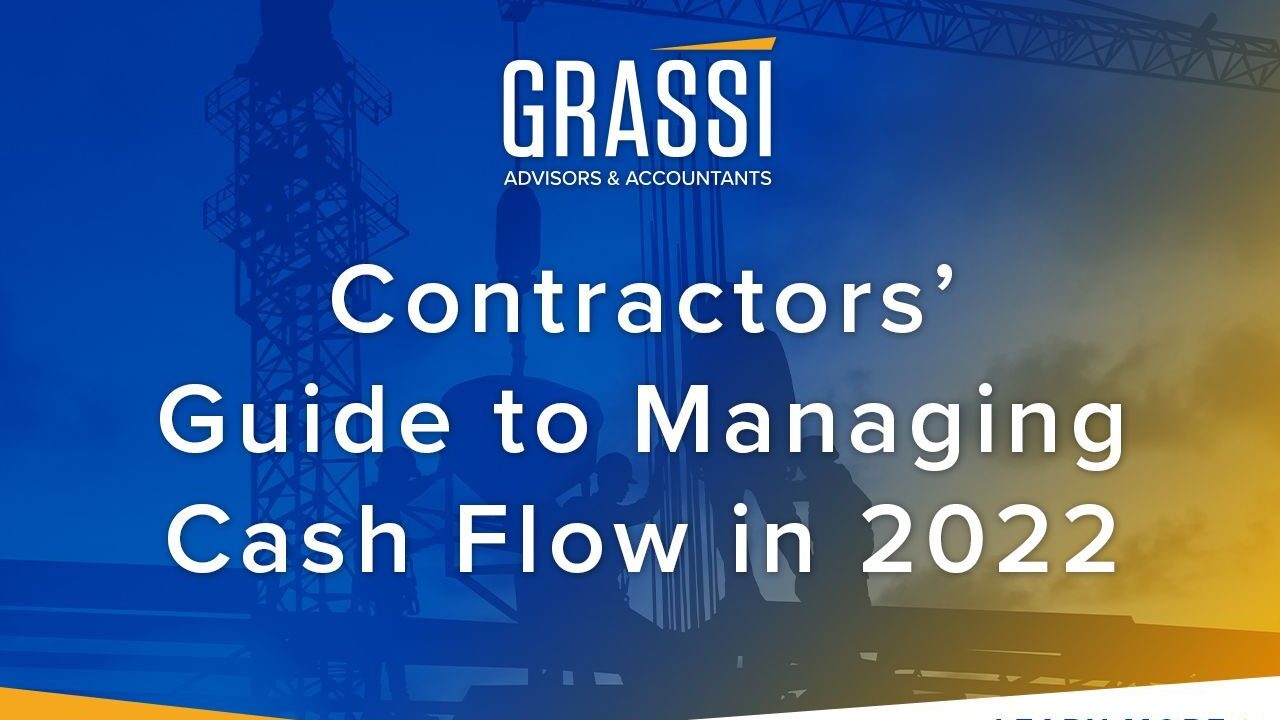It was one day before a big presentation at an engineering firm. A next generation leader was tasked with preparing the presentation. The only problem: the presentation never happened. The employee quit. The CEO was shocked, and the next thing the CEO said was very telling: “I really thought she might be the one who would take over as CEO,” he says. When asked if he ever told her she was next in line, he responds, “Oh, I’m sure she knew.” Unfortunately, she didn’t know.
If a leader wants a viable succession plan, employee engagement must be part of the strategy. Employee engagement is not often the first thing that comes to mind when a CEO starts thinking about succession planning. But it should be a top priority.
Gallup defines employee engagement as the involvement and enthusiasm of employees in their work and in their workplace. The level of engagement has a huge impact on whether a leader finishes strong with a successful handoff. Why? One of the main reasons employees leave a company is lack of engagement. In fact, a succession plan is only as good as the level of employee engagement within a firm.
“People are calling it the ‘Great Resignation’ or ‘The Great Reshuffle,’ and as the Gallup data show, it’s less an industry, role or pay issue than it is a workplace issue. The highest quit rate is among not engaged and actively disengaged workers,” according to “The ‘Great Resignation’ Is Really the ‘Great Discontent.’”
According to a Gallup study, only one-third of employees (34%) were engaged. These numbers do not bode well for succession plans at construction firms across the nation.
Below are three ways investing in employee engagement positively impacts succession planning.
1. A strong talent pool
If there are only a handful of next generation leaders who are qualified to fill executive positions, the number may drop to zero quickly as we saw with the CEO mentioned at the beginning of this article. One study found 60% of employees considered leaving their job for just one month before resigning.
The larger the qualified talent pool, the more options a CEO has for potential replacements. “If their plan has been too meticulous, then all of a sudden their plan doesn’t work anymore because that human is no longer in that seat on the org chart,” says David Taylor-Klaus, CEO of a business coaching firm.
Building a large talent pool is also beneficial to a CEO’s mental health.
“Some of the people we are developing might be candidates to replace me in the future. That’s critically important for me in my own mental health as CEO,” says Keith Costley, CEO of a civil engineering firm. “I don’t want to get to the end of my career and be trapped and feel like the company does not have a path forward without me at the helm. I don’t need that pressure. So I’m building my leadership team and helping them be what the company needs them to be and help them progress along in their careers.”
2. Better leaders
Let’s be honest. Disengaged employees do not make great leaders.
Engaged employees will stay at a company, which allows them to gain valuable knowledge about the business. It takes 10 to 20 years of experience and training for a new employee to grow into an executive leader. Executive knowledge transfer to the next generation takes as much as two to five years. If employees are constantly leaving, it is harder to keep that knowledge in house, let alone transfer it to the next generation.
A lack of knowledge transfer means many CEOs are not prepared properly to lead a company. Approximately 74% of U.S. executives report they were not prepared for the challenges of senior leadership, according to McKinsey & Company. The more engaged employees are, the better equipped they are to lead.
3. Leaving a legacy
A company’s future depends upon how successful a hand-off is to the next generation. When it goes well, a CEO can move on with pride in a job well done.
CEOs set expectations. Employees model what they see. When a CEO develops a culture of high employee engagement, that culture often outlasts the CEO’s exit. If mid-level employees are engaged, odds are they will be better equipped to create high employee engagement for their direct reports as well.
A successful hand-off to the next generation also has lasting benefits for the existing CEO.
“I knew that if I didn’t start planning and start investing into some people in the company, my exit strategy wouldn’t happen at all. It’s a very important part of having an enduring asset,” says Doug Shaw, CEO of a design firm.







